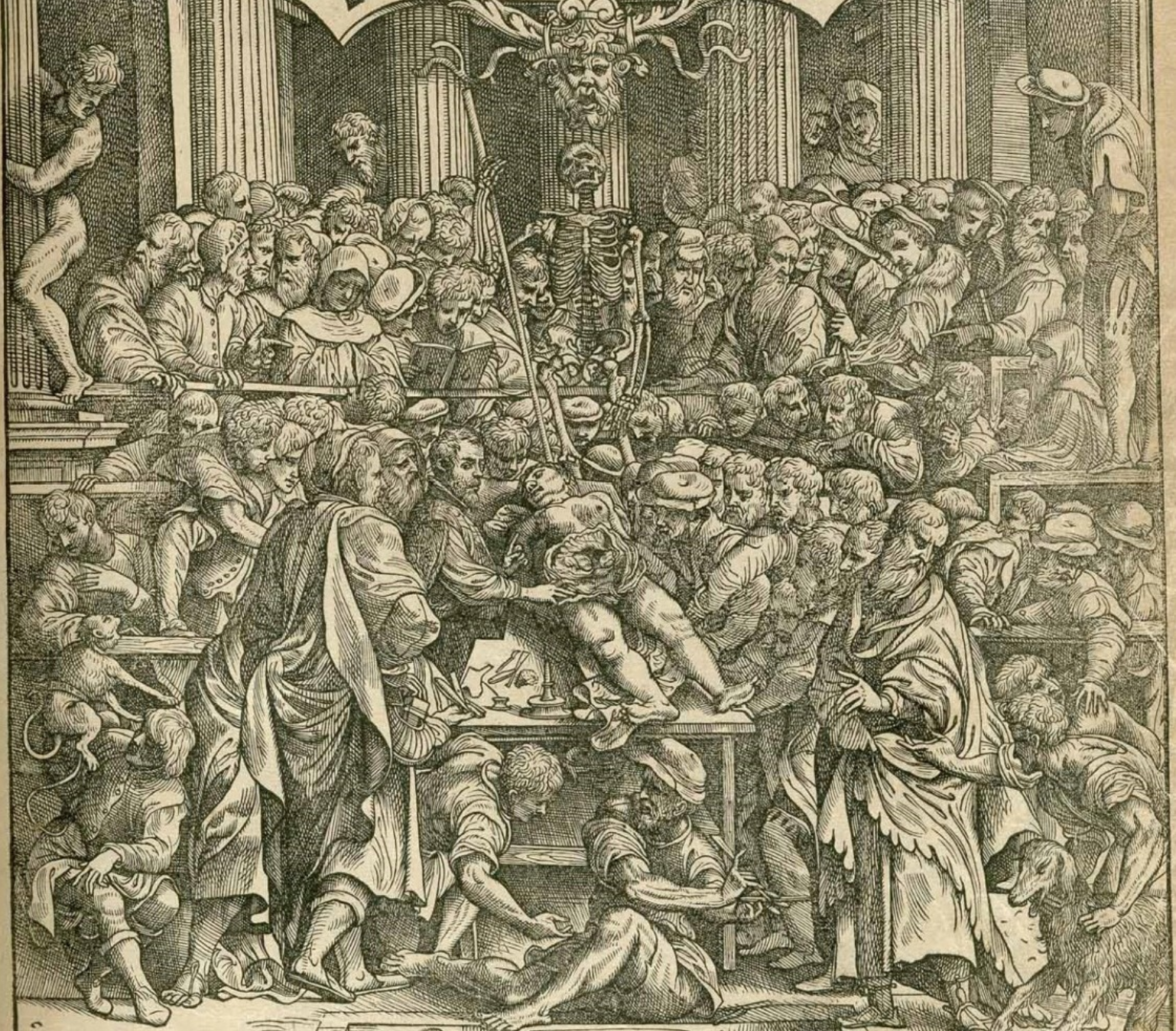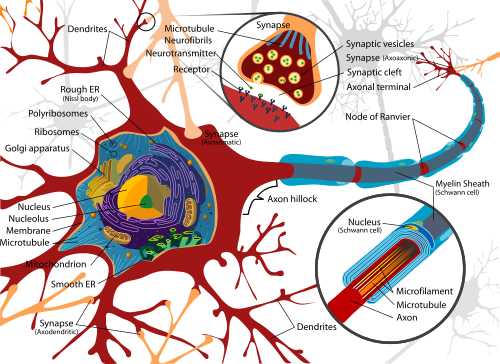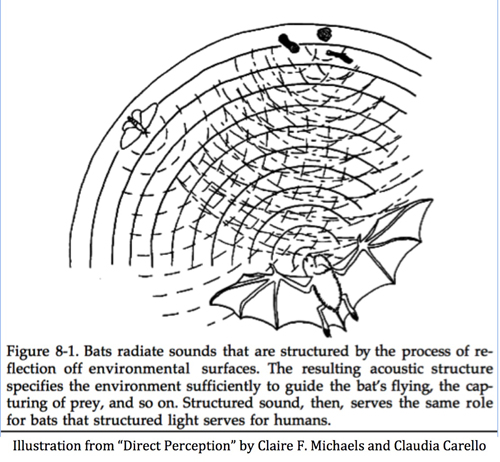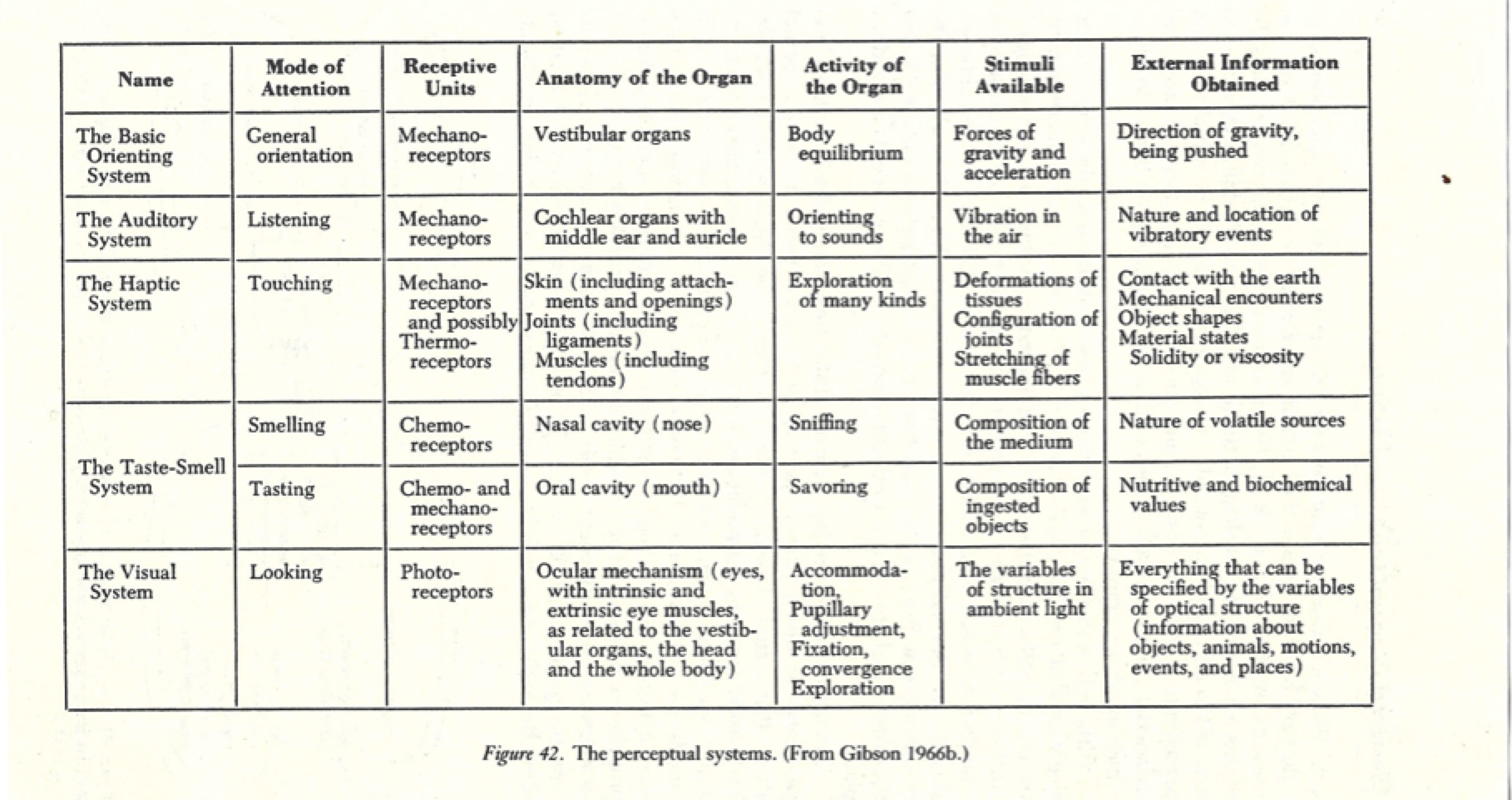Chapter Nine—Questioning the Neurological Imperative

We’ve come a long way from the days pictured above when 16th Century anatomist Andreas Vesalius traveled the European continent lecturing on the structure of the human body with the assistance of a female cadaver that once contained the life of someone who was poor, or a thief, whichever was handier.
It’s been a slow and arduous journey, not without its errors, due to a lack of knowledge. Notice, for example, Vesalius’ “surgical instruments” on the table in front of him. Since he himself is sporting a beard he may have borrowed the razor from a local barber. The apparent only light source is the candle next to his “instruments.” And then there’s the very much up-close-and-personal crowd of fascinated watchers—one of whom appears to have preferred that his pet animal watch the proceedings, instead of him. I don’t blame him.
Of course, much of all that is gone—like the the less than antiseptic environment, and the surgical accoutrements of the period. But a surprising number of other things are still very much with us. For example, it was Vesalius who disproved the Galen theory that men had a rib less than women and Aristotle’s theory that the heart was the body’s center of mind and emotion, believing instead that it was the brain and nervous system. And it was the latter observation upon which Nobel laureate Santiago Ramón y Cajal built his pioneering investigations of the microscopic structure of the brain, one of the principal scientific conquests of the 20th century.
Today, no neuroscientific discipline could be understood without recourse to the concept of neuronal individuality and nervous transmission at a synaptic level, as basic units of the nervous system.

So, the very concept of what we now call “Neuroscience” and its preoccupation with the structure and function of the brain can be traced directly back to Vesalius. What can also be traced back to Vesalius is something we devoted Chapter Seven to questioning; neuroscience’s present dictum that since the whole can be best understood as the sum of its parts, an ever-increasing focus on the parts will provide us with the most accurate scientific perspective.
This “sum of the parts” approach, may hold true in understanding how an automobile or a computer works, but we—i.e., most of us—have since come to the realization that humans are not machines. Granted, we may sometimes find ourselves reacting like “stimulus-response” machines when we’re faced with the exigencies of life, but perhaps this is just where our species presently finds itself in the evolutionary process. As zoologist Konrad Lorenz once stated: “Man appears to be the missing link between anthropoid apes and human beings.” (More about that in Chapter Ten.)
Now, keeping in mind that our inquiry is focused on the difference between what most people call our “senses,” and what Gibson re-identified and called our “perceptual systems,” his approach also rejects another Vesalian vestige when attempting to understand perception; what might very well be called “the neurological imperative.”
This is not to imply that elements of the central nervous system and the brain do not participate in the act of perception; but it does, at the very least, call into question one of neuroscience’s most strongly held-onto beliefs—that what transpires in the CNS and the brain originates within them. We’ve already mentioned this in a previous chapter, but it bears repeating at this time: A very recent example of this generally accepted belief is the provocative title of psychiatrist Norman Doidge’s best-seller book and documentary, The Brain That Changes Itself. Provocative it may be, but we’re suggesting that quite the opposite is true… that is, the brain doesn’t change itself, the self changes its brain!
As a reminder, here are Gibson’s key points as previously presented in Chapter Seven:
Anatomy is an ancient discipline. When the first anatomists discovered fiber bundles leading inward from each eye, each ear and the olfactory membrane, they called them the optic nerves, the auditory nerves, and the olfactory nerve. It was then assumed that each nerve transmitted special messages from the sense organ to the brain […]. But actually, the correspondence between nerves and senses is more false than true. There is no distinct nerve for taste. There is certainly none for touch. The twelve bilateral pairs of cranial nerves have mixed functions. There are not twelve corresponding modes of sensation, and surely not one mode for each side of a pair. Incoming and outgoing fibers are found in each bundle, so the concept of “sensory” and “motor” nerves is a myth. The thirty one pairs of spinal nerves are even less in correspondence with types of sensation, that is, with qualities of experience.
And the function of the brain when looped with the perceptual organs is not to decode signals, nor interpret messages, nor to accept images. These old analogies no longer apply. The function of the brain is not even to organize the sensory input or to “process the data” in modern terminology. The perceptual systems, including the nerve centers at various levels of the brain, are always seeing information about the environment from the flowing array of ambient energy.
The italics in the last excerpt are mine. Gibson’s term: “the flowing array of ambient energy” is perhaps the most astounding of his discoveries. He asserts that this, in fact, is the form in which all information reaches our eyes; and all our other perceptual systems, as well. And in doing so, Gibson created a metaphorical fork in the road to the understanding of perception.
A Parting of the Ways
It takes years of study to fully comprehend the ramifications of what any of the singular approaches to psychology entail and imply, let alone attempting to compare their differences. Nevertheless, one can attempt to do so in broad strokes, when it comes to Gibson’s Ecological Psychology, because its approach is so radically different from the others. This is certainly the case when it is compared to Cognitive Psychology, which is the psychological discipline used in the multidisciplinary field of Neuroscience.
Earlier, we introduced you to Ulric Neisser, who literally wrote the book on Cognitive Psychology and later abandoned that perspective for the ecological approach. What exactly did Neisser abandon? The operative word in Cognitive Psychology suggests that the act of perception only provides an “impoverished” or partial view of the observed environment. It can only be completed through inference via cognitive functions like knowledge stored in memory and/or through sensation. That is what Neisser ultimately rejected in favor of Gibson’s revolutionary ecological approach—a basic tenet of which is what Gibson called “Direct Perception.”
Direct Perception is the exact opposite of the “impoverished” view proposed by Cognitive Psychology. Gibson asserts that through what he called “information pickup,” all of the information or what he called affordances needed by a living organism to survive can be detected in the environment. The resulting patterns of light reaching the eye can be thought of as an optic array containing all the visual information available at the retina. This optic array provides unambiguous information about the layout of objects in space.
By suggesting that information can be detected in the environment, Gibson rejects, not only the need for cognitive capacities, but also the traditional view that the senses are passive instruments waiting for input to arrive at the eyes, or ears, etc. Instead, he suggests that a living organism’s contact with the world beyond its skin is accomplished through a dynamic process of searching out what is needed for survival, as indicated by this illustration:

How is this dynamic process achieved? The entire organism and its apparatus for providing “Modes of Attention,” are actively engaged in the process—as shown in this Table from Gibson’s The Senses Considered as Perceptual Systems.

And that dynamic relationship between the outer (extero) world beyond the skin and the (intero) internal world of muscle and bone is made possible by the combined action of Perception and Proprioception. Here is a recording of Gibson himself describing how this meeting of the outer and inner worlds come about.

To complete the picture presented here, we offer this seven minute video of how it all comes together, specifically in the case of Dr. Paul Bach-y-Rita’s amazing invention.